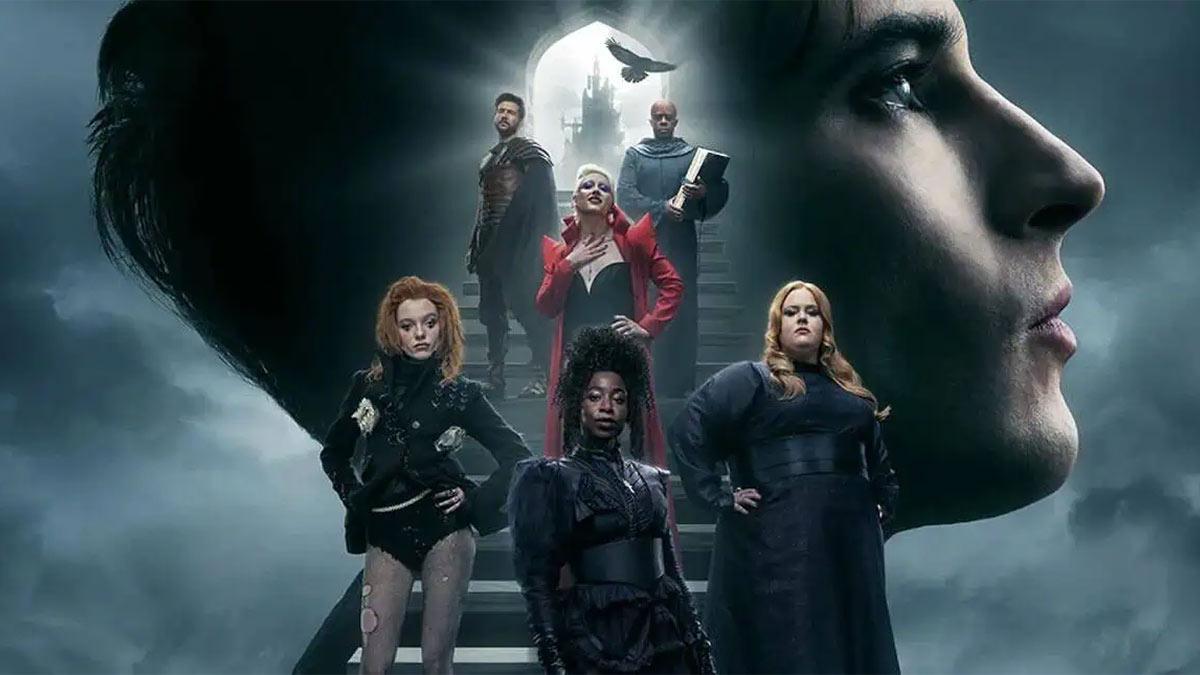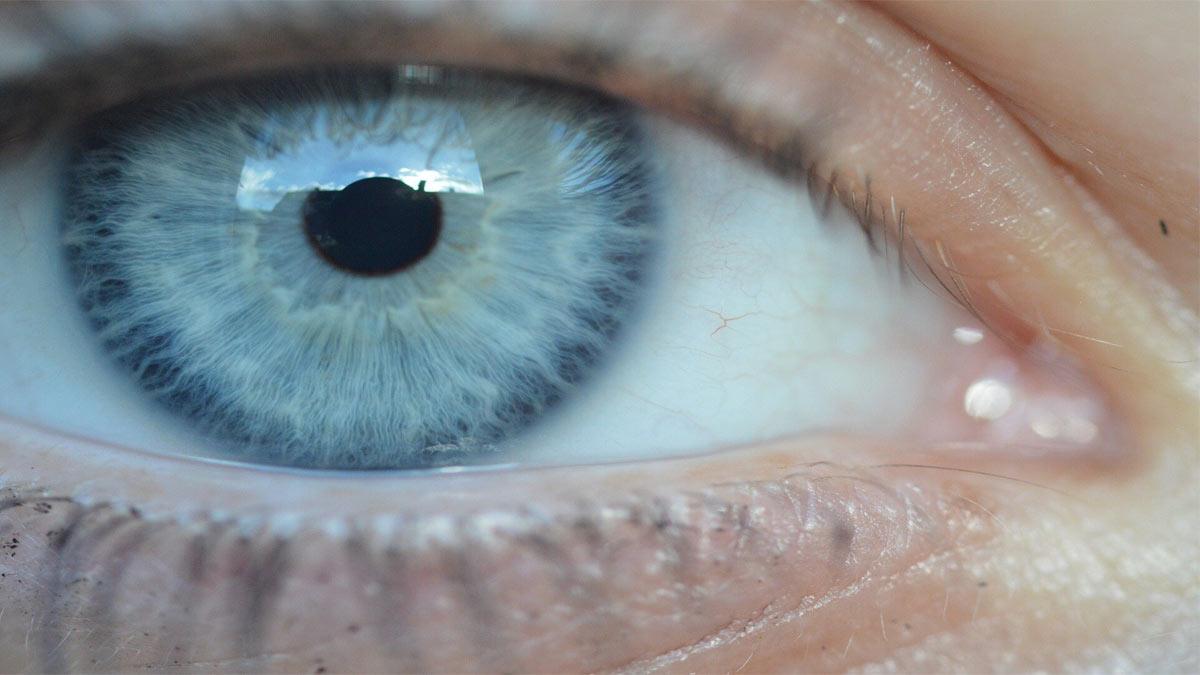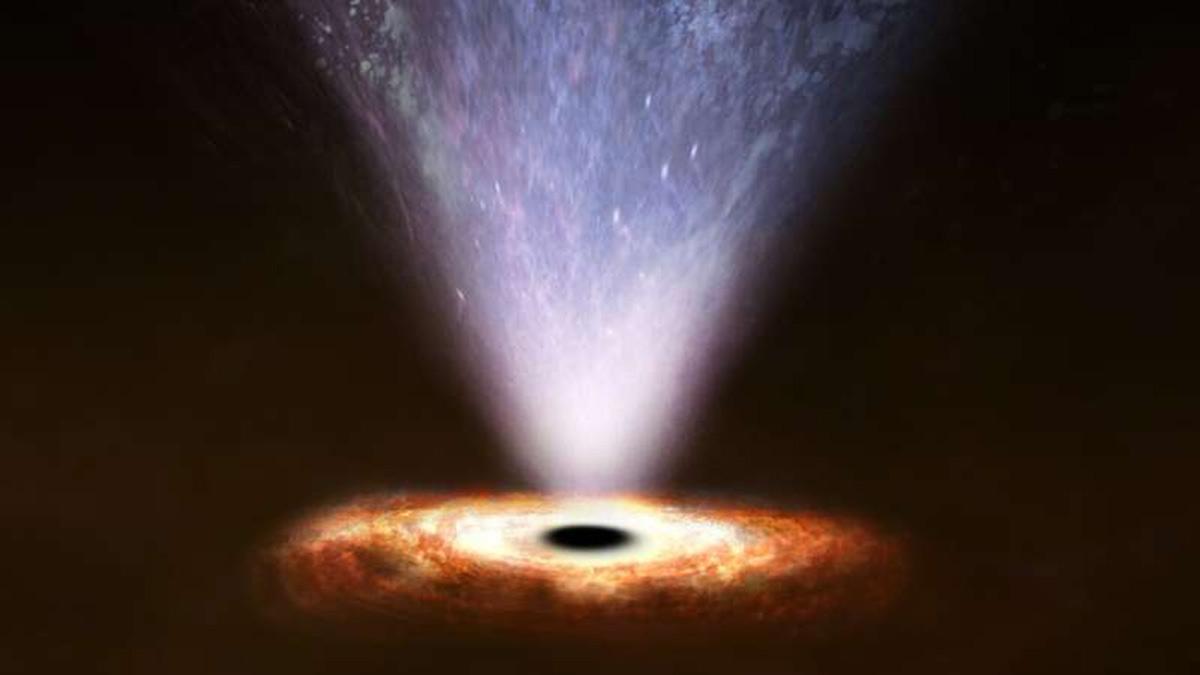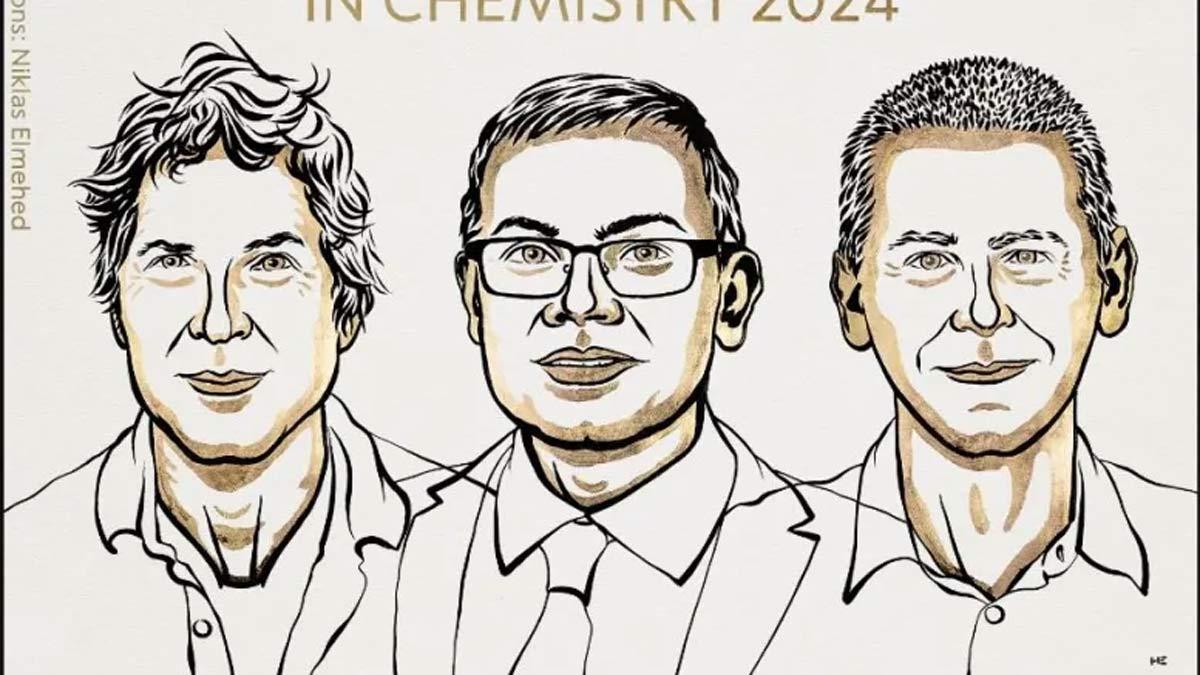The billionaire Elon Musk's rocket firm, SpaceX, successfully ran its fifth test flight on Sunday, achieving a historic milestone by catching a Super Heavy booster using its "Chopstick arms." The 400-foot-tall Starship rocket, along with the world's largest and most powerful rocket-the Super Heavy booster-flew off from SpaceX's Starbase facility near Boca Chica Beach in South Texas at 8 am EDT (5:30 pm IST).
"Mechazilla has caught the Super Heavy booster!", SpaceX said on X after the booster had landed at its launch pad.
"The tower has caught the rocket!!", tweeted SpaceX founder Elon Musk.
This is a test flight following SpaceX's earlier successful splash down of the Starship's upper stage in the Indian Ocean in June during its previous flight.
Regarding the achievement, SpaceX described it as key to the undertaking about rapid reusability. The company's engineers said that they have worked very hard in anticipation for the feat, with months of testing and putting down tens of thousands of hours of building infrastructure towards success.
Starship remains in a 1-hour coast phase and will reenter over the Indian Ocean west of Australia, said SpaceX.
"Starship's Raptor engine burn is complete and Starship has entered a coast phase,;" it stated in a report while pointing that the trajectory does not require an orbit burn for re-entry into Earth's atmospheric vehicle.
"This will maximize public safety but still manage controlled re-entry and soft water landing," the firm elaborated.
As a response, SpaceX's competitor, Blue Origin "congratulated" the company on its success.
Jeff Bezos-owned company is getting ready to attempt the launch of its second human-rated spacecraft after a technical issue prevented the first launch attempt last week. Booster 5 and the crew capsule RSS Karman Line, which will be the second human-rated New Shepard vehicle, will fly 12 research payloads. These navigation systems and two LIDAR sensors are developed for New Shepard and the Blue Origin New Glenn rocket, among others, and shall be used on the lunar mission.
Read also | Unlocking the Moon's Subsurface: New Study Reveals Abundant Ice Deposits
Read also | NASA study finds Mars is spinning faster


















